Beyond the Blackboard: Creative Classrooms powered by Volunteers
eVidyaloka|July 2025
When it comes to education, what makes a lesson stick isn’t just the textbook—it’s the way it’s brought to life. At eVidyaloka, volunteer teachers across India are reimagining the virtual classroom, using creative, context-based teaching techniques that spark joy, curiosity, and connection in government school students.
When teaching English, Dhanalakshmi doesn’t stop at grammar. She incorporates stories, YouTube videos, and even small dramas that students act out with visible delight. “Children love talking in English and showing their drawings to me through the camera,” she says. Her classes blend digital tools with human connection—making learning not just effective but exciting.
Dhanalakshmi Ranganathan, a teacher by profession, brings science concepts closer to home by introducing students to the natural world around them. “I explain concepts by showing real-life examples—flowers, leaves, and stems of different plants,” she shares. Teaching 6th-grade science at Semmambadi Government School, she seamlessly integrates physical objects into online sessions, turning the screen into a window to nature.
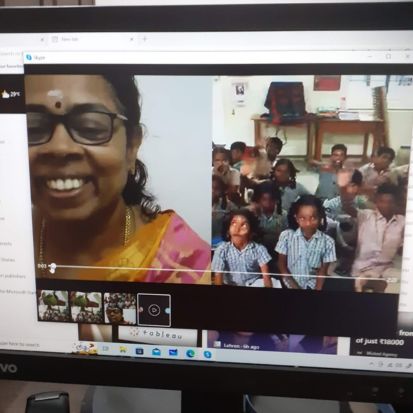
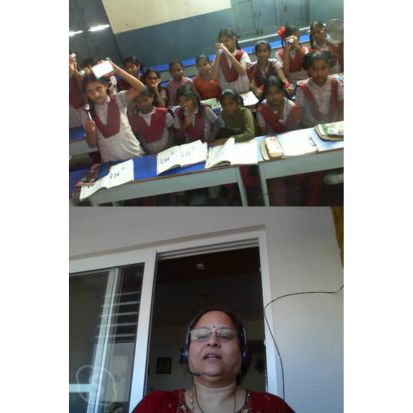
For Devaki Devi, who has been volunteering since 2019, teaching is more than delivering content—it’s about nurturing voices. She uses small group discussions, peer-to-peer learning, and interactive quizzes to build confidence and engagement. Her method is simple: “Each one teaches one.”
She noticed early on that some students struggled with comprehension and retention. So, she upskilled herself through certification courses and tailored her classes to close these learning gaps—bringing personalized, empathetic teaching into the virtual space.
From Rajasthani folk references to grammar games, Jesstlin Thomas’s classroom is anything but conventional. Teaching English to Grade 6 students in Shivdaspura, Rajasthan, she turned each session into a blend of learning and movement. “We danced to action songs, watched English videos, and played games —all to make language learning less intimidating,” she recalls.
Her students—some walking five kilometers to school each day—carried responsibilities far beyond their years. But through songs, stories, and patient conversation practice, Jesstlin helped them find joy in words. “They began framing basic sentences. And most importantly, they began believing they could.”
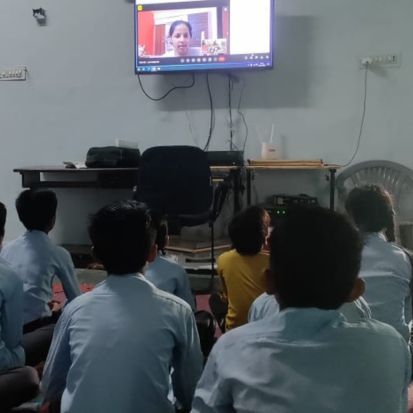
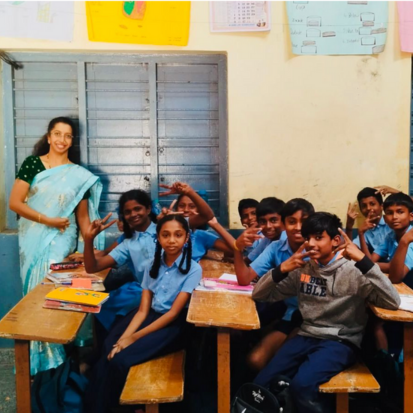
Volunteer Sukeerthi LR saw transformation not only in her students but in herself. By introducing storytelling and real-world examples into her lessons, she saw students connect abstract concepts with lived experiences. One breakthrough moment was when a student finally grasped a difficult concept after weeks of effort. “The joy on their face was priceless,” she says.
Sukeerthi credits eVidyaloka’s support for enabling this impact. “Balancing volunteering with life took discipline, but the fulfillment was unmatched. I learned to be more present, more creative, and more hopeful.”
For Bhavna Keswani, teaching online meant finding ways to hold attention—and spark joy. She used playful activities like “Name, Place, Animal, Thing” and memory games to break the monotony of virtual learning. Her favorite part? Story time. “They loved hearing stories from different parts of the world,” she shares.
Bhavna also mentored students through the EDGE program, helping them explore topics beyond the syllabus. “While teaching them, I was learning too,” she adds. It was her students’ curiosity that kept her coming back, session after session.
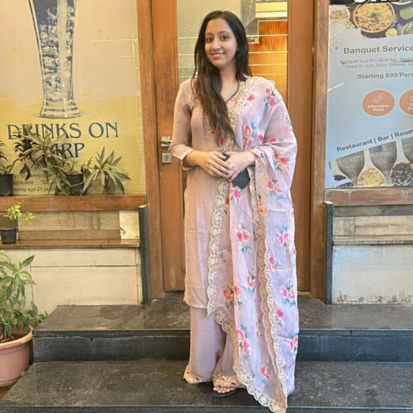
What unites these volunteers is their unwavering commitment to go the extra mile- crafting lessons with creativity and care to ensure every child learns, engages, and grows. Whether it’s through flowers, folk tales, games, or grammar, they bring education to life in ways that resonate deeply with students—especially in rural settings where exposure is limited, but enthusiasm runs deep.
Every online session is more than just a video call—it’s a portal to possibility. And behind every breakthrough moment is a teacher who dared to make learning joyful.

Explore how quality education empowers children to break barriers and reach their full potential.
Discuss innovative teaching methods and approaches used by education NGOs to foster a love for learning.
Shed light on the dedicated educators, staff, and volunteers who drive the NGO's educational initiatives.
